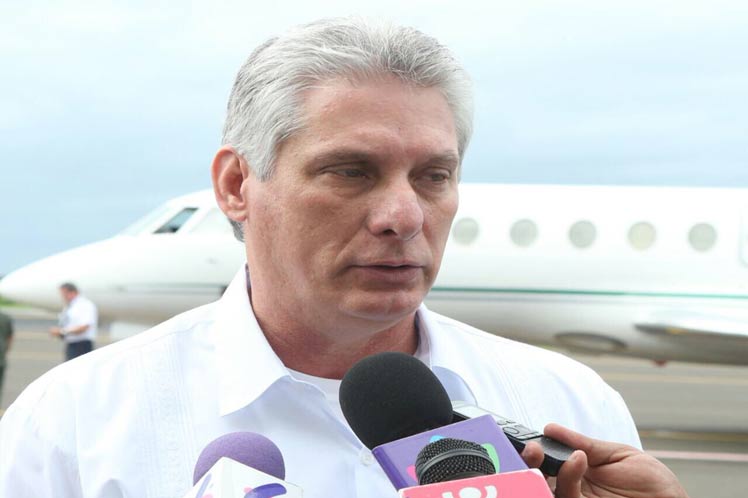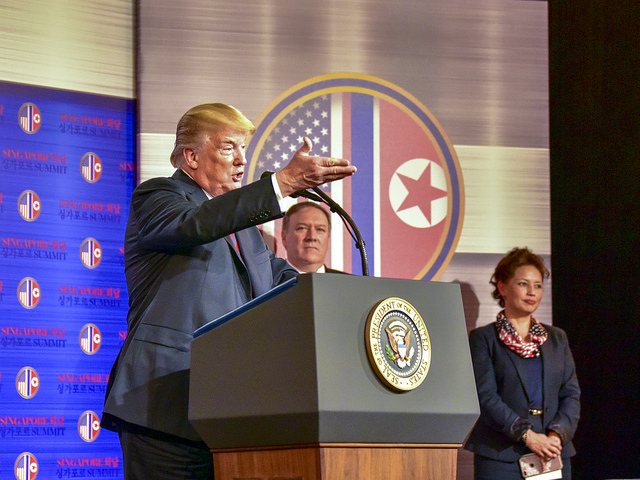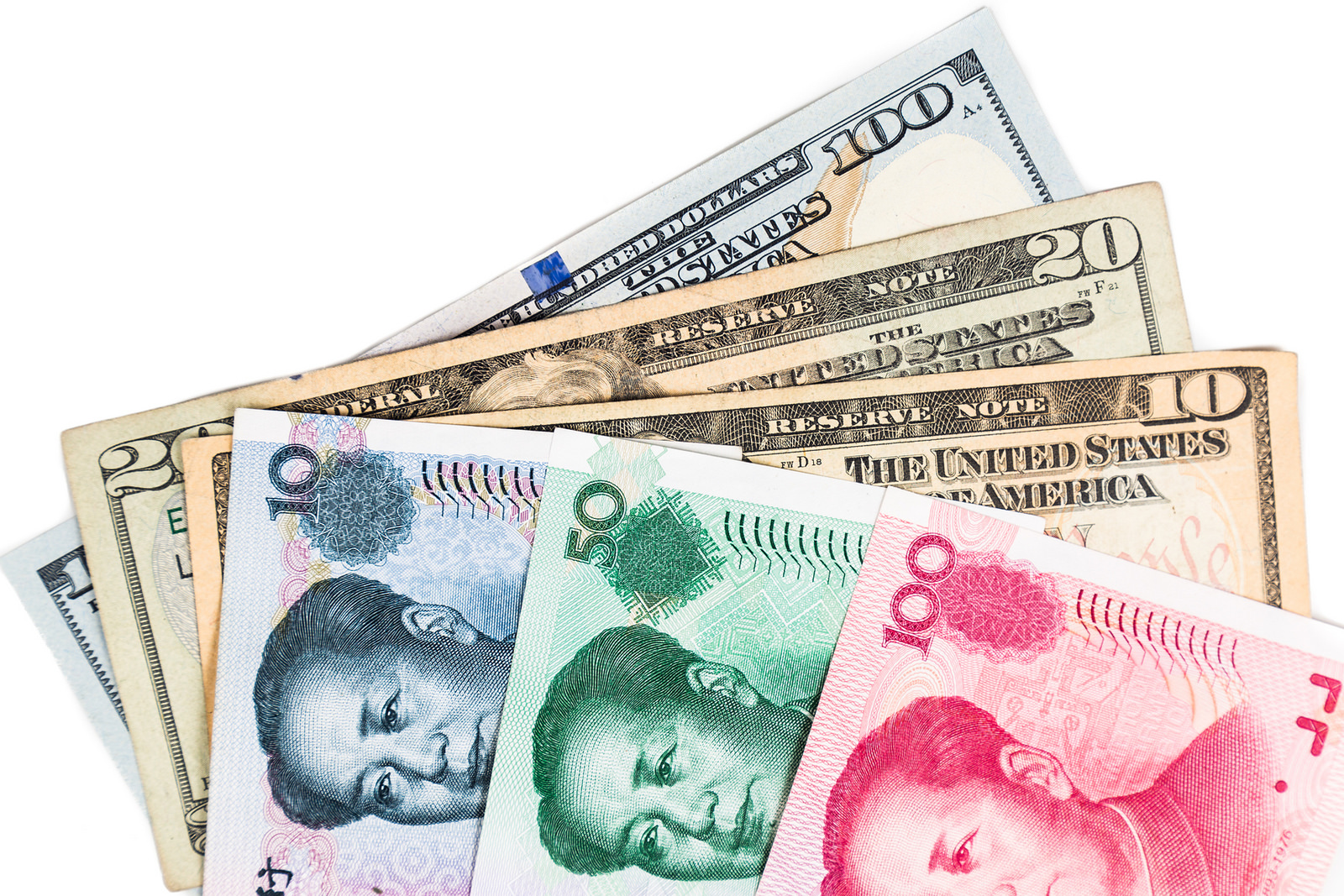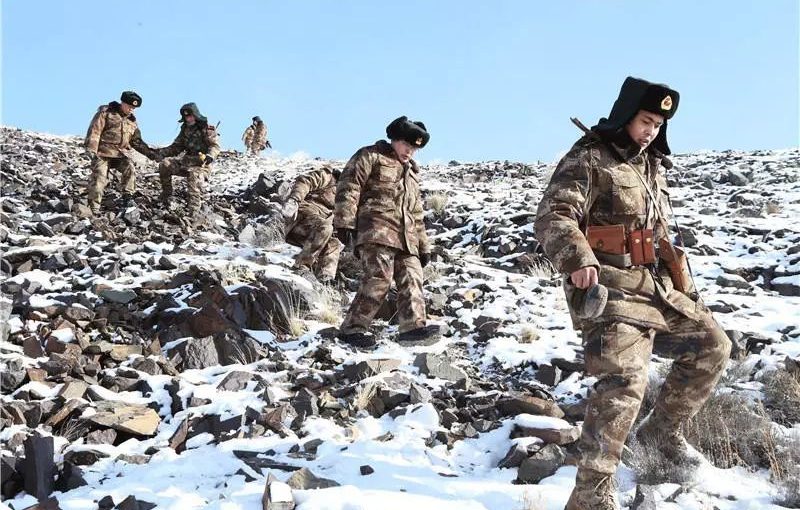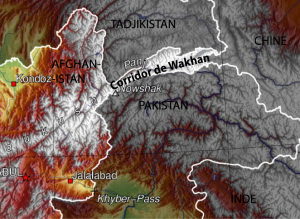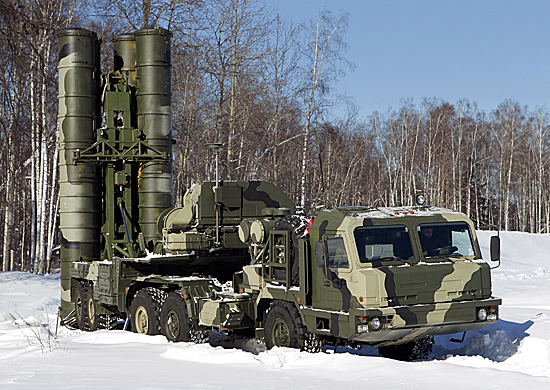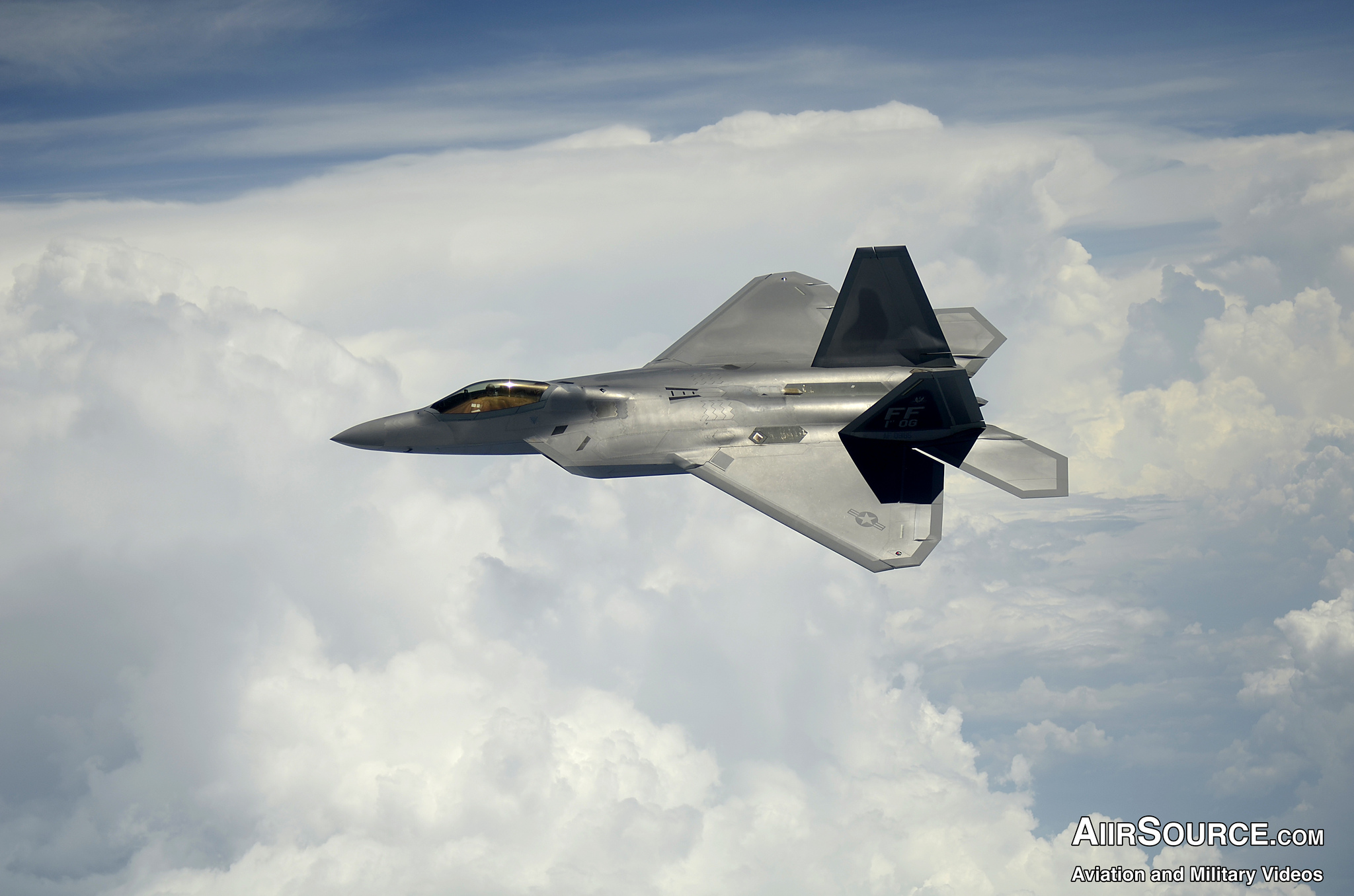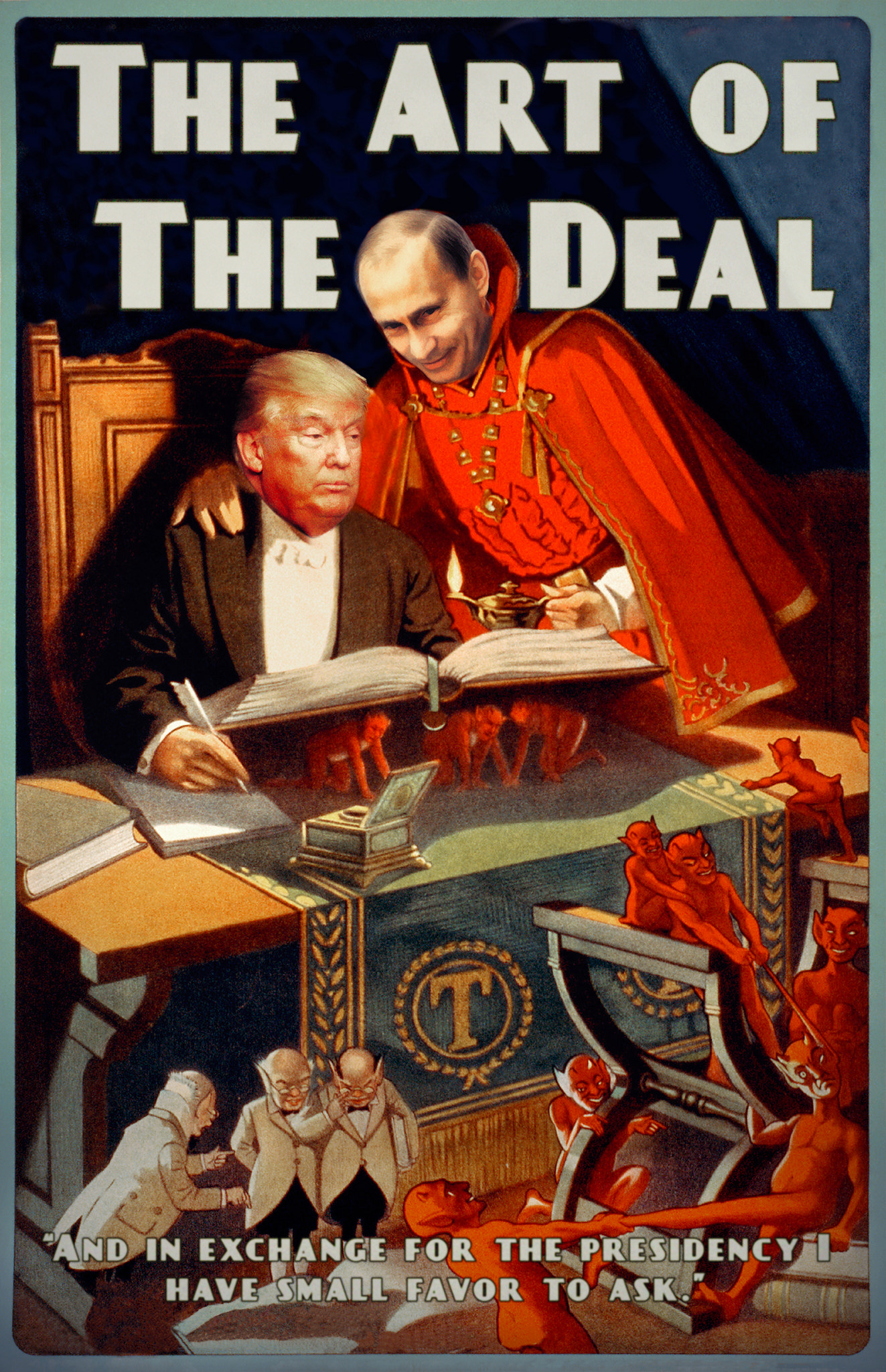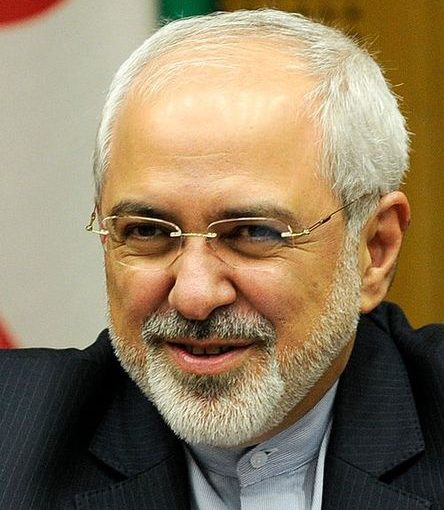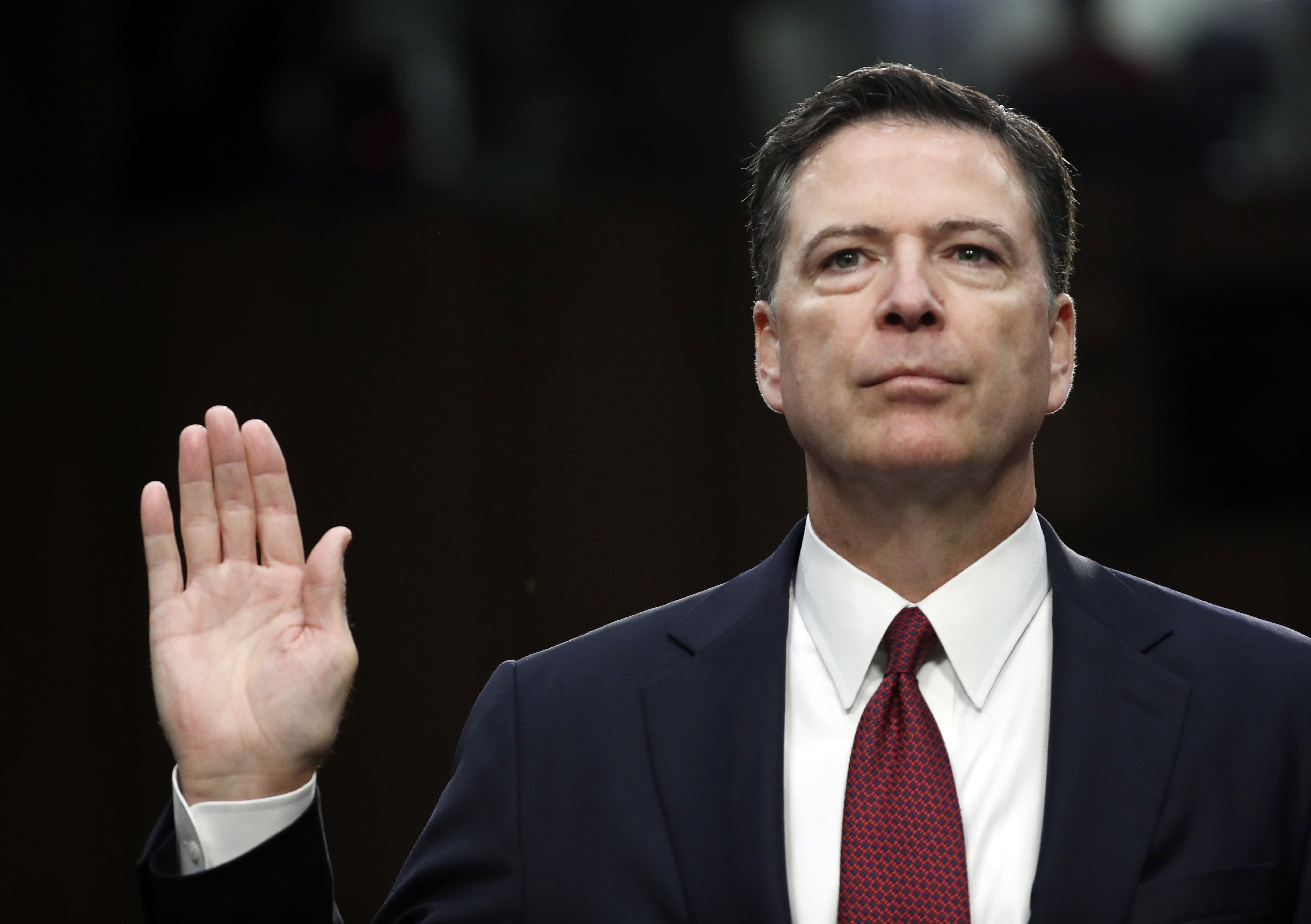
By Bill Lee
James Comey, the former FBI director fired by Donald Trump, is a unique public figure in America for being reviled by both liberal Democrats and Trumpian Republicans. He’s hated of course by Clinton Democrats for announcing 11 days before the presidential election that the FBI had reopened its investigation into Clinton’s e-mails, thus generating enough adverse publicity against Clinton to tip the election to Trump, or so Clintonites believe. Trumpians hate Comey because he revealed that Trump tried to make him end the FBI’s investigation into Michael Flynn, that, and his subsequent firing, possible causes for obstruction of justice charges against Trump,
So who is James Comey? In his recently published book, A Higher Loyalty: Truth, Lies, and Leadership, Comey portrays himself as an apolitical civil servant whose only interest is preserving the integrity of the FBI and the values at the core of the American enterprise. He prosecuted Martha Stewart for insider trading because she lied, and resisted the George W. Bush administration’s torture policy because it was inhumane. He announced the reopening of the Clinton e-mail investigation because concealing it would have been unethical.
Comey can be a good story teller. His narratives describing his youth, career as a prosecutor, and defense of the then Attorney General John Ashcroft as he lay seriously ill in a hospital bed from the attempts of Bush administration officials to make him sign an authorization for continuing their torture policy are compelling and read well. He does less well with his sermons about the majesty of the FBI. However, Comey comes across as quite believable. Despite his showmanship, which he himself recognizes, Comey seems like a pleasant, honest fellow, whose accounts of his meetings with Trump are surely more believable than Trump’s denials. There is much to recommend in the book, not the least of which are his descriptions of Trump’s manic, egocentric, stream-of-consciousness discourse. The key theme in the book is leadership, what it is and what it isn’t. Comey makes clear that Trump is the antithesis of a true leader. Comey prides himself on his leadership of the FBI; don’t be surprised if he tries for a run at public office as an independent.
Leave a comment.
Photo by Daily Brian via Flickr
 日本語
日本語 English
English 中国語
中国語